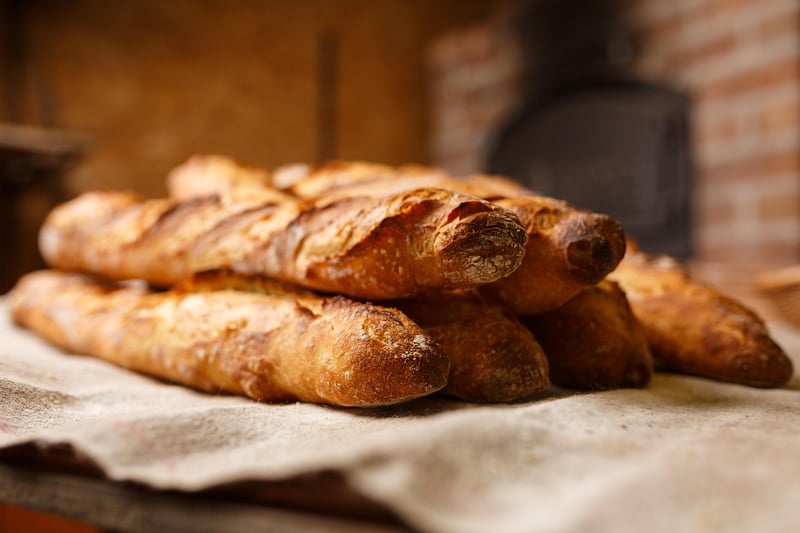Colonial Cooking
Uncover Culinary Origins: Exploring Colonial Cooking
Colonial cooking offers a window into the culinary origins of a nation, reflecting the diverse influences that shaped early American cuisine. From indigenous ingredients to European culinary techniques, colonial cooking is a rich tapestry of flavors and traditions that continue to inspire modern gastronomy.
Exploring Indigenous Ingredients
Native American tribes cultivated a variety of ingredients that became staples in colonial cooking. Corn, beans, squash, and wild game such as venison and turkey were essential components of indigenous diets. These ingredients were incorporated into traditional dishes like succotash, cornbread, and stews, blending Native American culinary heritage with European cooking methods.

European Influences on Colonial Cuisine
European settlers brought their own culinary traditions to the New World, introducing ingredients like wheat, dairy products, and various herbs and spices. The fusion of European and indigenous cooking techniques gave rise to dishes such as pot pies, roasts, and puddings. The use of cast iron cookware and open hearth cooking methods further shaped colonial cuisine.

Legacy of Colonial Cooking
The legacy of colonial cooking lives on in regional specialties and traditional recipes that continue to be cherished today. By exploring the culinary origins of colonial America, we gain a deeper appreciation for the diverse cultural influences that have shaped our modern food landscape.
Discover the flavors of the past and embark on a journey through history with colonial cooking!
For more information on colonial cooking, visit History.com.
